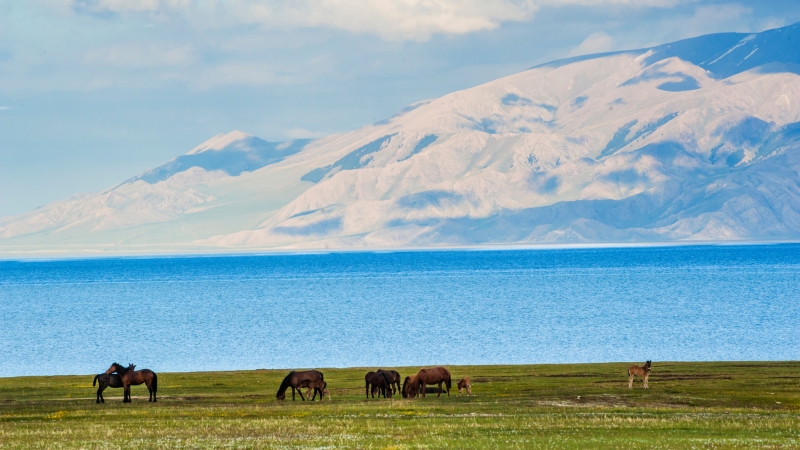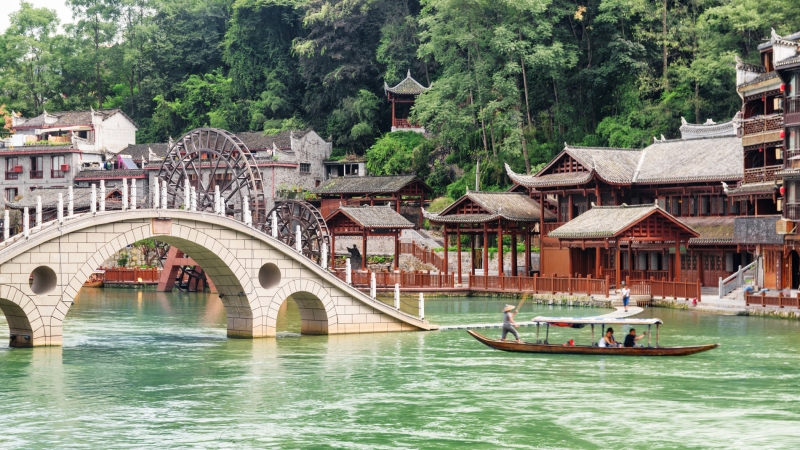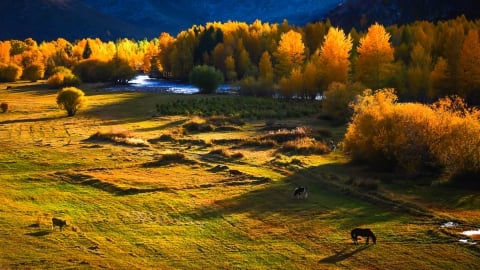According to Chinese press, at the 46th session of the World Heritage Committee recently held in India, UNESCO recognized two world natural heritages of China: the Badain Jaran Desert Complex and the Yellow Sea - Bohai Migratory Bird Sanctuary (phase two).
Thus, up to now, China has a total of 58 world heritages, including 4 dual cultural-natural heritages and 15 world natural heritages, continuing to lead the world in the number of natural heritages.
Badaion Jaran Desert
As the third largest desert in China and the largest desert in the Inner Mongolia Autonomous Region, the Badain Jaran Desert is located on the Alashan Plateau at an altitude of 1,400-1,600 m above sea level, in the driest temperate desert region in northwest China.

Badain Jaran Desert is the third largest in China, located in the Inner Mongolia Autonomous Region.
The Badain Jaran Desert is famous for its geological wonders due to the many lakes interspersed between the continuous sand hills. Here is the world's highest sand mountain with a height of 460 m, the area with the most lakes in the desert and the largest desert sand area that makes sounds, in addition to many beautiful landscapes due to the weathering process. Therefore, the unique landscape of the Badain Jaran Desert is the result of the sustainable geological transformation process in the world, has natural aesthetic value, and is also home to many types of creatures.
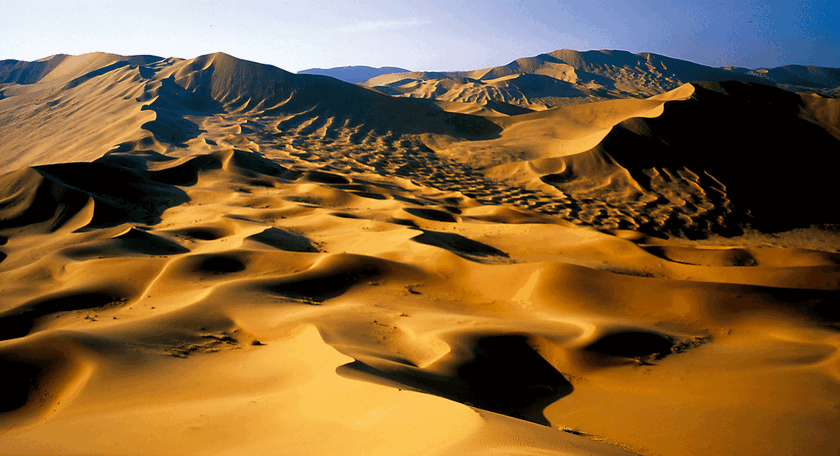
Badain Jaran is home to the world's highest sand mountain at 460m high.

Badain Jaran Desert will be a suitable destination for those who are passionate about conquering nature.
According to UNESCO, the Badain Jaran desert complex is a unique and rare collection of high sand dunes interspersed with lakes that create a colorful picture. This is a typical example of the continuous transformation of desert landforms and landscapes in temperate and hyper-arid climates, and is also one of the rare natural desert wonders in the world.
Yellow Sea - Bohai Migratory Bird Sanctuary
The second natural heritage site in China recognized by UNESCO this time is the Yellow Sea-Bohai Migratory Bird Sanctuary (Phase II). This is also considered the world's largest coastal wetland.
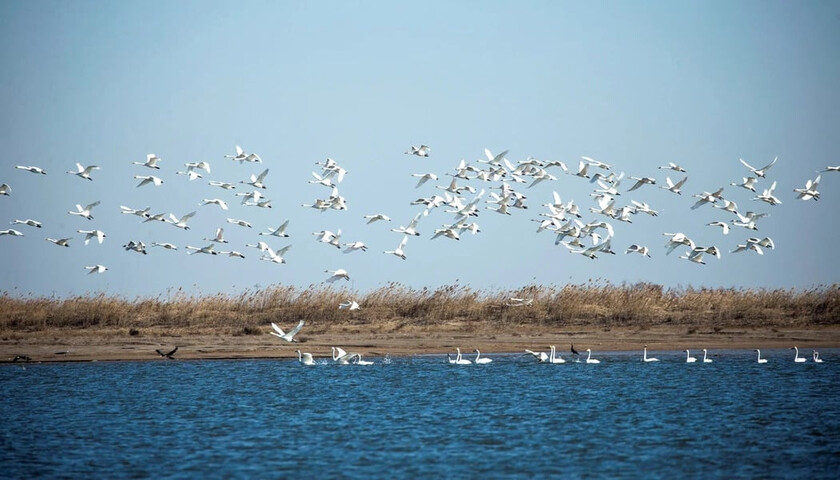
The Yellow Sea-Bohai Migratory Bird Sanctuary has beautiful natural scenery and is also the world's largest coastal wetland.
This is a resting place, breeding ground and wintering ground for migratory birds from East Asia to Australia, including many species in the endangered group. Previously, in 2019, the Yellow Sea - Bohai Migratory Bird Sanctuary (phase one) in Yancheng City, Jiangsu Province was also recognized as a World Natural Heritage.

It is a resting place, breeding ground and wintering ground for migratory birds around the world.
According to UNESCO's assessment, the Yellow Sea - Bohai Migratory Bird Sanctuary has a special ecosystem, this coastal alluvial land plays an extremely important role in providing irreplaceable habitat for migratory birds from East Asia to Australia. The East Asia - Australia migration route is one of the most important migratory bird journeys in the world, is one of the routes with many endangered bird species, and is also one of the most vulnerable ecosystems.
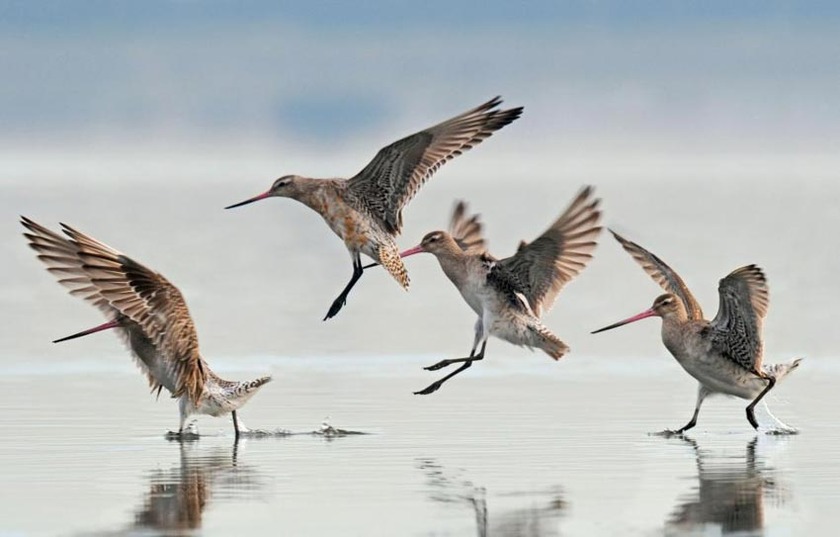
This coastal alluvial plain plays a very important role in providing habitat for migratory birds..
In recent years, China has shown its active conservation of world natural heritages by strengthening the construction of national parks, nature reserves, and scenic areas, and constantly improving the legal system on heritage management. In the coming time, China said it will continue to improve the level of protection and management of natural heritages, strengthen international cooperation, and share experiences to preserve and promote the role and value of world heritages.







